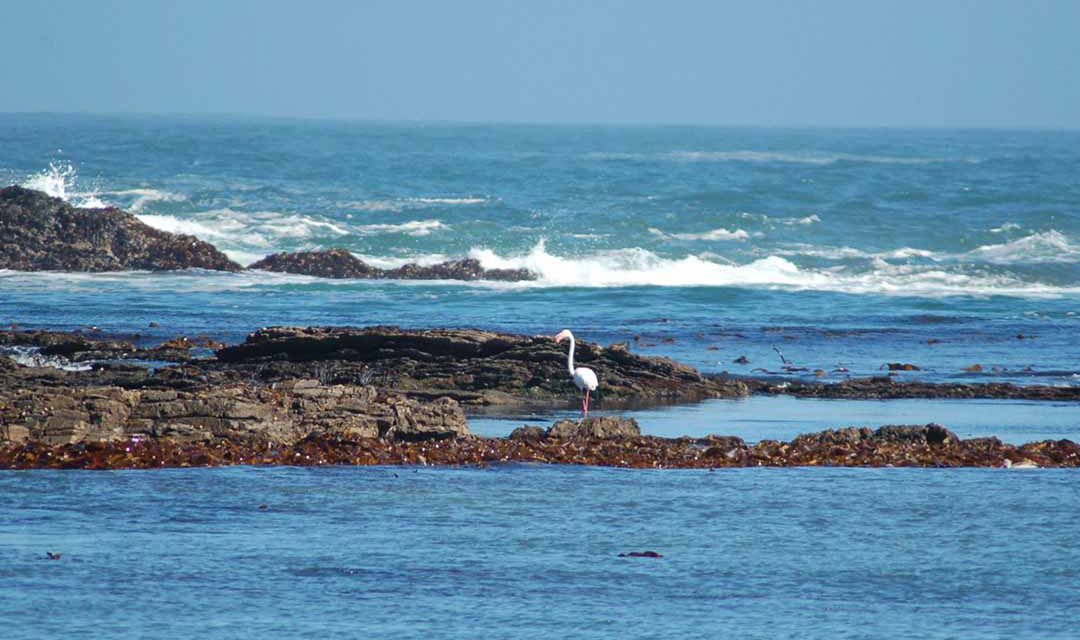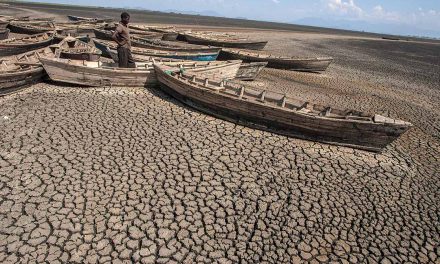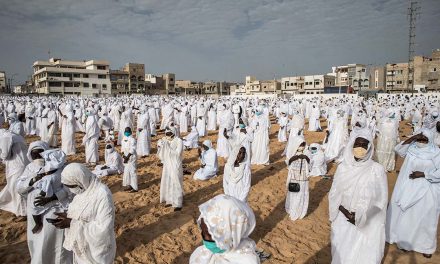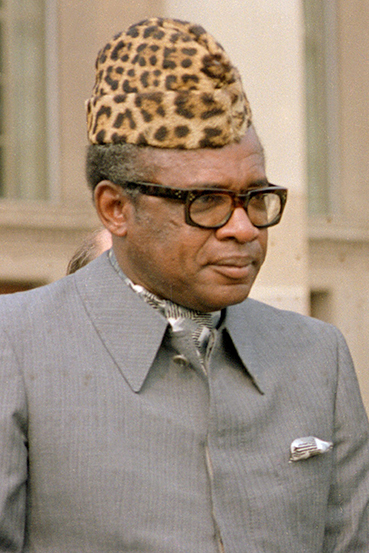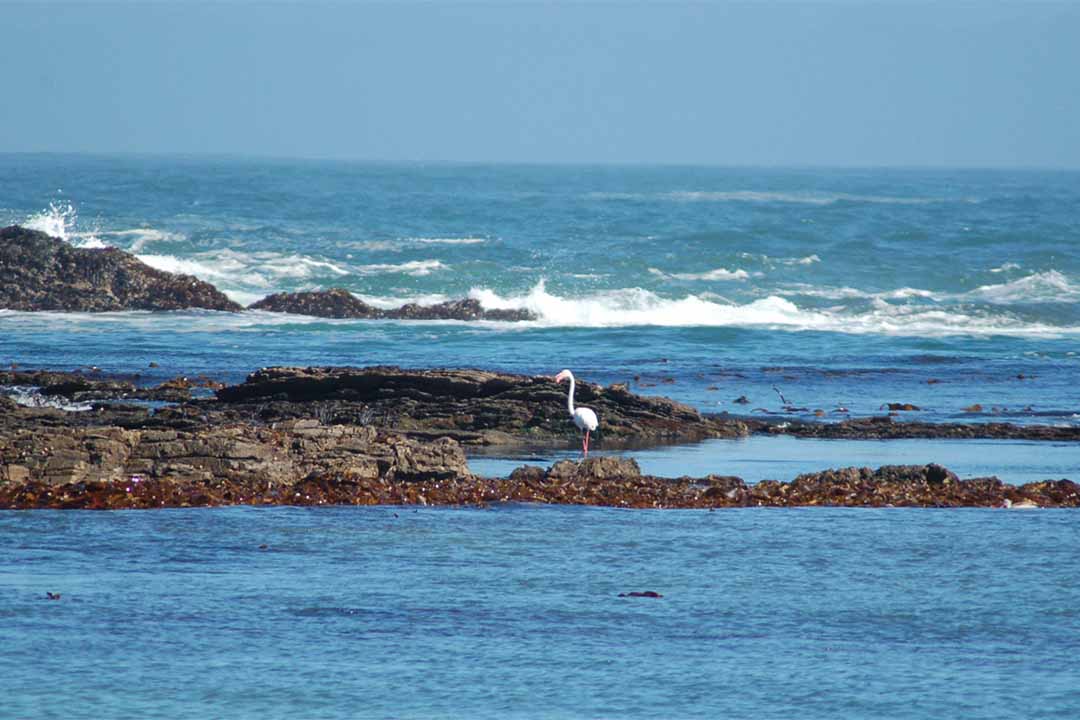
Despite environmental concerns, deep-sea mining will be a reality by 2030 and African countries with coasts, including Namibia and Nigeria, want to ensure they will benefit from the ‘new gold rush’
Globally, mining companies are eyeing a new source of mineral resources – the seabed. The UN’s International Seabed Authority (ISA) said it aimed to finalise draft regulations covering deep-sea mining by the end of 2017. And African countries will want to ensure that they have a say in benefiting from the “new gold rush”.
The European Commission anticipates that by 2030, some 10% of global annual mining production will come from the ocean floor. Global annual turnover of marine mineral mining is expected to grow from virtually nothing at present to €10 billion by 2030, according to the commission’s outline proposal for the terms of reference for such projects.
Offshore mining has been going on for decades in some places in Africa, starting with De Beers’ extraction, from 1961, of diamonds at sites near the Orange River mouth that were some 35 m below the surface. Currently, Namdeb – a joint venture involving De Beers and the Namibian government as equal partners – is dredging diamonds at depths of up to 150 m. De Beers says that in the future some 95% of the diamonds it mines will come from sites off the Namibian coast.
But it has taken some decades for miners to understand that the same approach could be possible with other minerals. In the near future, offshore mining of phosphate rock could also take place as Namibian Marine Phosphates (NMP), a subsidiary of Mawarid Mining LLC, owned by the Omani billionaire Mohammed Al Barwani, seeks to exploit an offshore site about 120 km south-west of Walvis Bay. Phosphate industry sources estimate that resource on its own is some two billion tons.
However, whether the project goes ahead or not depends on a Windhoek High Court judgment. The court was expected to rule by December 2017, at the soonest, on the minister of environment and tourism’s decision to set aside NMP’s environmental clearance certificate. This followed a campaign by environmentalists and the Namibian fishing industry that said the mining operation could harm marine resources and negatively affect the fishing industry, according to an August 2017 article in The Namibian.
Currently, the only other area where marine mining is taking place off the African coast is the Red Sea. There, the Saudi-Sudanese Red Sea Commission has granted Canadian firm Diamond Fields International – which also mines offshore gems in Namibia – a so-called Atlantis II permit to exploit offshore copper, zinc, lead and gold deposits with its Saudi partner, Manafa International. The exploitation of much deeper seabed resources is no longer a science fiction scenario. During its 23rd annual session in Kingston, Jamaica, held in August 2017, the ISA – which was established in 1994 – drafted exploitation regulations to cover mining activities beyond national jurisdictions. They are to be finalised by the end of 2017.
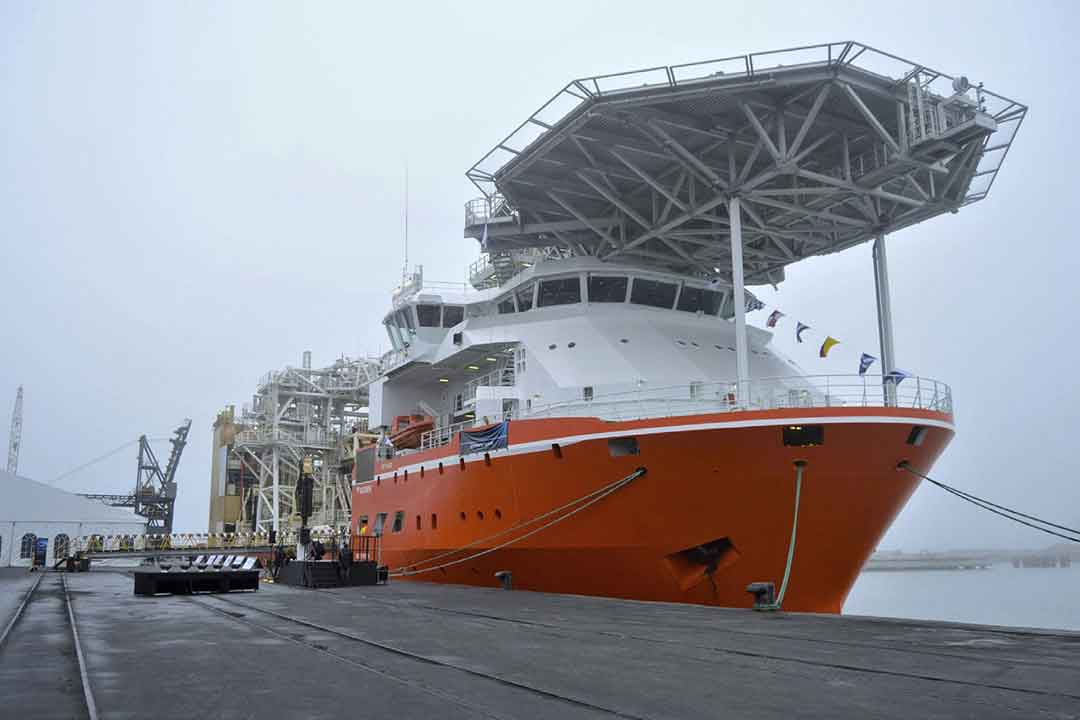
The SS Nujoma, a vessel built out of partnership between mining giant De Beers and Namibian Government in Walvis Bay Harbour, Namibia. The ship is the world’s most advanced diamond exploration vessel AFP PHOTO / HILDEGARD TITUS
ISA’s Legal and Technical Convention (LTC) is currently collecting opinions from the organisation’s 168 member states on a range of aspects, including exploitation technologies, mineral rights, and the obligations of the companies and of their respective state sponsors with regard to the environment, as well as the royalties to be paid by the owners of exploitation permits.
The challenges involved in deep-sea mining can be extreme. According to the European Parliamentary Research Service (EPRS), many important mineral resources are found at depths of 4,000 m or more. So far, surveyed resources in this category include over one billion tons of copper and nickel and 100 million tons of cobalt, with even larger manganese deposits thought to be potentially available.
These minerals are found under the form of polymetallic nodules or polymetallic sulphides, which are contained in metalliferous muds, particularly in the Red Sea. Cobalt-rich ferromanganese crusts are found at shallower depths of between 400 and 5,000 m in areas of volcanic activity, with some located in the Comoros archipelago or around Madagascar. These crusts also contain iron oxide, molybdenum, zirconium or rare earths. So far, ISA has issued just 27 exploration permits around the world.
The China Ocean Mineral Research Development Association, a Chinese state agency, has been granted a ferromanganese block near the Madagascar plateau, on the south-western Indian Ocean ridge. Germany’s Institute of Geosciences and South Korea each hold one permit in the central part of the Indian Ocean. India holds a polymetallic nodule exploration licence near the Chagos archipelago, also known as the British Indian Ocean Territory.
Some 11 exploration permits have been awarded to companies sponsored by BRICS countries (four to China and Russia respectively, two to India and one to Brazil). The exploration and extraction costs for such projects can be high. According to the EPRS, the daily cost of an exploration vessel can reach €100,000, while most exploration trips require a budget of between $50 million and $200 million. To take one example, the initial capital costs for Papua New Guinea’s Solwara project, which lies at lesser depths, are estimated at $400 million.
In 2009, the existence of these huge offshore mining reserves and the prospect of finding new hydrocarbon deposits prompted over 70 member states to make submissions to the UN Convention on the Law of the Sea’s Commission on the Limits of the Continental Shelf, seeking recognition of their claims over areas of the continental shelf. The applications involved claims to areas between the boundaries of their exclusive economic zones (usually 200 miles (322 km) and a further boundary of a maximum 350 miles (563 km), depending on the length of the continental shelf.
An African, Eugénio João Muianga, from Mozambique, was elected as president of ISA at its 23rd session in August 2017. Yet African states worry that they might be marginalised from the “new gold rush” and any of its benefits. At the ISA session, African states expressed concern at the “low level of interaction of member states” regarding the draft of exploitation regulations. The African group also said that a principle of “equitable geographical distribution” should guide the election of LTC members.
African countries will want a number of specific issues addressed as well. These include the amount of royalties paid by mining companies, as well as the introduction of profit-sharing mechanisms. South Africa argued at this year’s session that “access [to the resource] and benefit-sharing must be based on equal and mutually agreed partnerships to address technological gaps”. The African Mineral Development Centre, based in Addis Ababa, said Africa was “the only regional group not sponsoring an entity to engage in exploration activities”.
However, this might change. At this year’s annual ISA session, Dakuku Peterside, the director-general of the Nigerian Maritime Administration and Safety Agency, said his government, in cooperation with ISA, was developing policies to help harness seabed resources. ISA would help Nigeria create capacity to survey deep-sea sites and establish a mineral resources database. Meanwhile, in August 2017, Nigeria’s The Guardian newspaper reported that the navy’s hydrographic office had surveyed and charted the country’s maritime area.
At the ISA meeting in Jamaica, the African group also called for a voluntary trust fund to underwrite developing countries’ participation in the organisation. Africa and India also said the increasing cost of administering exploration contracts should be borne by contractors and not member states.
A number of environmental issues remain to be assessed before extensive seabed mining takes place. Deep-sea mining poses technological challenges, according to Dr Rahul Sharma, chief scientist at India’s CSIR-National Institute of Oceanography in Goa. Operating conditions can be extreme; these include significant depths ranging between 3-6,000 m, the high pressure and low temperatures associated with maritime currents, and the distance between mining sites and the shore, which often exceeds 1,000 km.
Ocean mining could also significantly raise the turbidity of the waters where it occurs, according to Sharma writing in a 2015 article, published in Procedia Earth and Planetary Science, on the environmental impact of deep-sea mining. Every ton of manganese nodule mined from the seabed could result in up to 5.5 tons of sediment deposited in local waters. Moreover, sediments transported to the surface with the minerals could decrease levels of sunlight there, and hence photosynthesis, with long-term effects on biological productivity.
Marine scientists argue that ocean-floor mining could lead to the degradation of the seabed, pollution, habitat loss and threaten fragile marine life. Some 25 years after small surfaces of the deep seabed near the Galapagos islands in the Pacific were raked, the ocean floor was still damaged, says Belgian biologist Henri Robert from the Institut Royal des Sciences Naturelles, demonstrating that recolonisation by marine organisms can be slow. For these reasons, environmentalists in Namibia and South Africa are strongly opposed to seabed mining.
All these factors explain why the EU is pushing for the adoption of “ocean governance” principles to manage fishing activities, preserve ecosystems and regulate mining production – before the start of large-scale exploitation. Environmental NGOs, as well as other stakeholders, such as fishing companies, have demanded greater transparency from ISA; to ensure that comprehensive conservation-oriented regulations are adopted before the start of commercial mining operations.
The EPRS says exploration is already occurring in different regions of the world – in the absence of regulatory regimes or declared conservation areas aimed at protecting marine ecosystems, some of which are unique and many of which are little understood.
Francois MIsser is a Brussels-based journalist. He has covered central Africa since 1981 and European-African relations since 1984 for the BBC, Afrique Asie magazine, African Energy, the Italian monthly magazine Nigrizia, and Germany’s Die Tageszeitung newspaper. He has written books on Rwanda and the DRC. His last book, on the Congo River dams, is La Saga d’Inga

